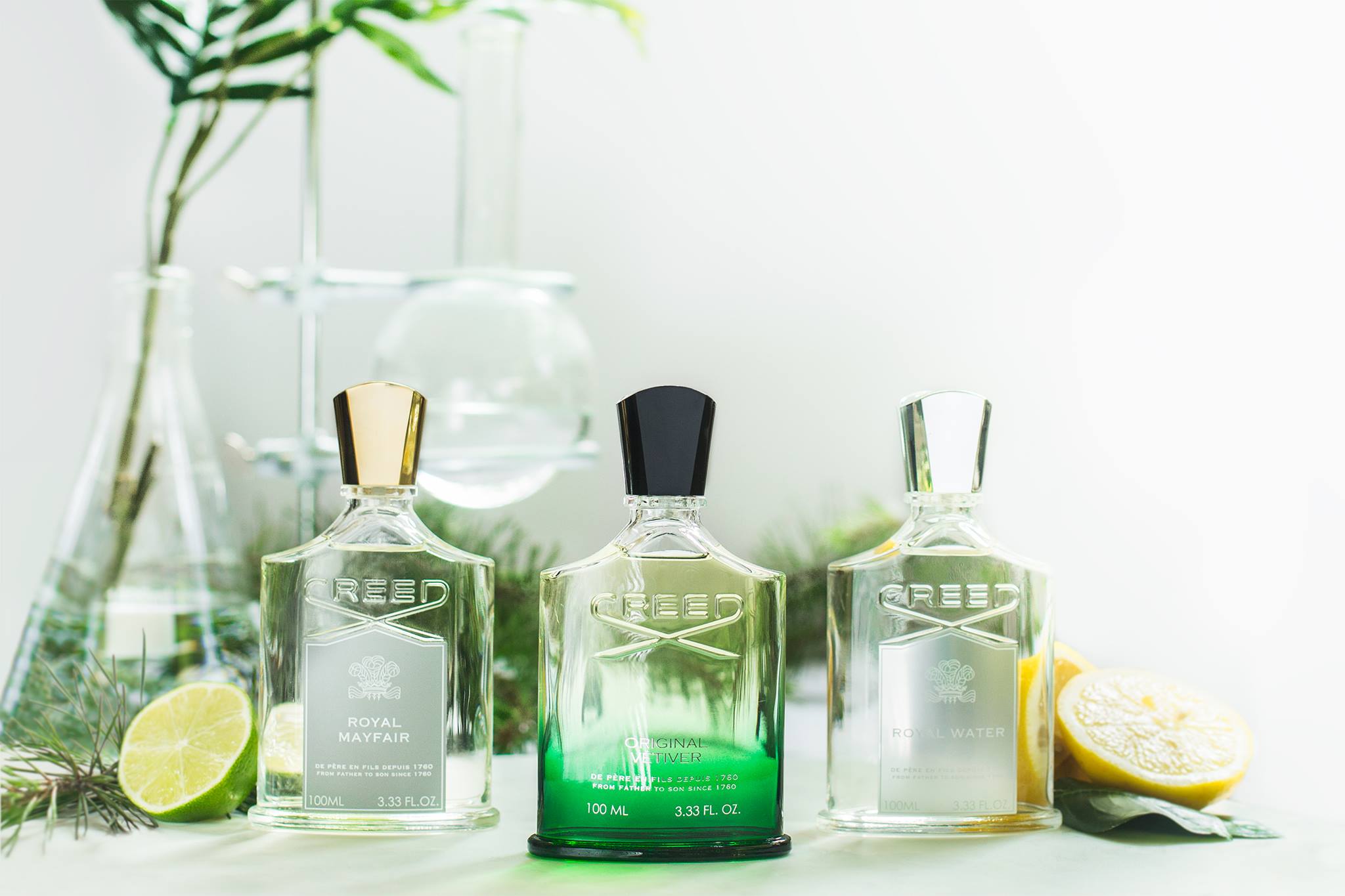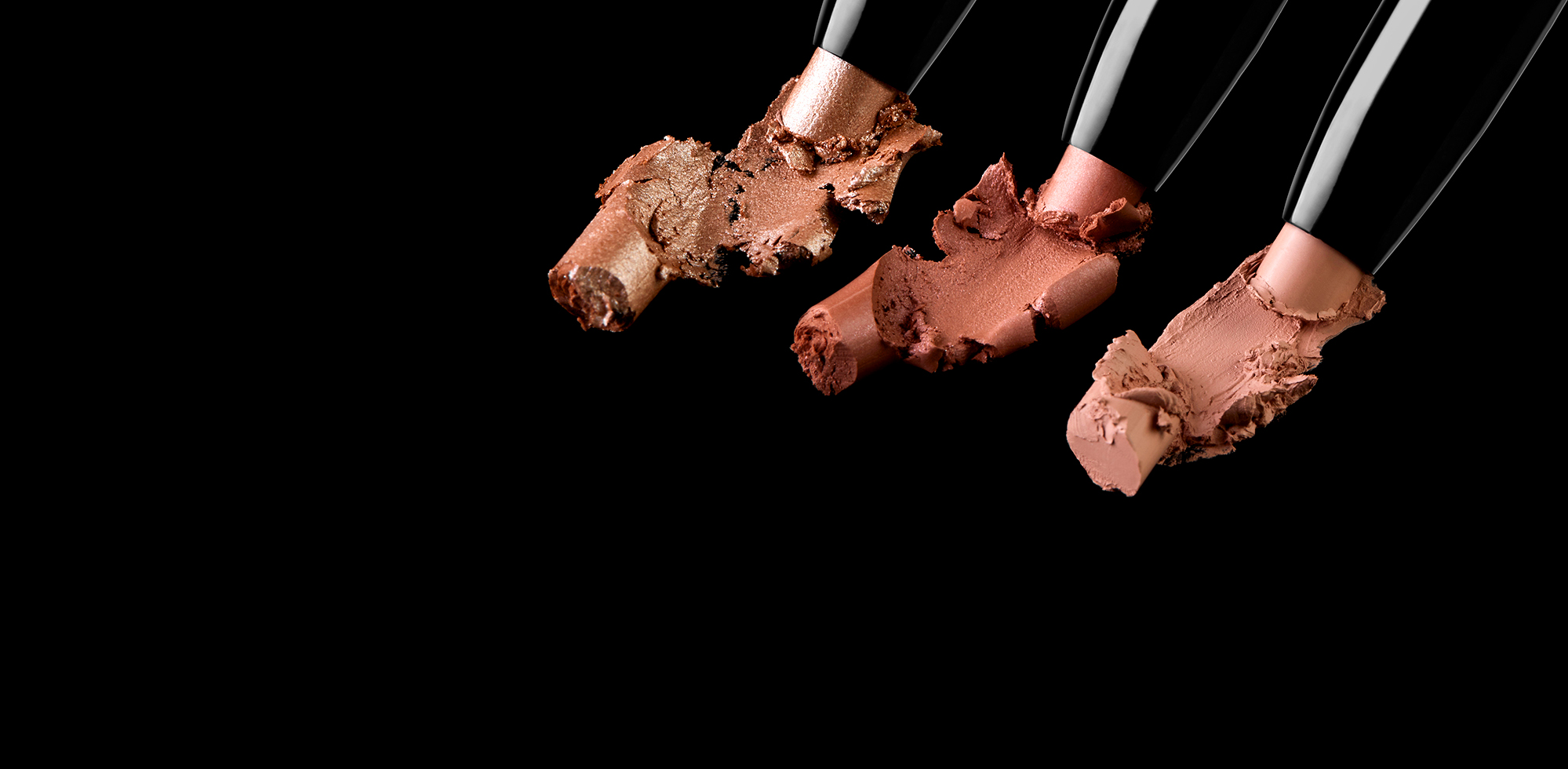Stats About Loyalty Every Beauty Brand Should Know
8 Min Read
This blog post was recently updated in 2020. Reach out to Corra if you would like to learn more about our services.
﹏
ABOUT CORRA
Corra is the global digital agency that leading B2C brands and B2B organizations trust to accelerate their growth. Working at the intersection of commerce technology and customer experience strategy, we deliver comprehensive digital solutions that convert and retain customers in the long term.
Corra has partnered with a wide range of fashion, beauty, and lifestyle brands over the past 17+ years.
CORRA’S BEAUTY CLIENTS


BROWSE ALL WORK
“
Revenue of the beauty industry in the U.S. is expected to reach $49.5 billion in 2020.
MAHSA SHAHBANDEH, RESEARCH EXPERT, STATISTA
Crucial contributions to this enormous sum come from customers who remain loyal to particular beauty brands year after year. After all, it can cost 7 (or more) times as much to acquire a new customer than it does to maintain an existing one. With beauty products vying more aggressively to accumulate “cult followings,” the intricacies that underlie customer loyalty have become increasingly important.
To understand women’s attachments to certain brands, how loyal they are to them, and what propels them to explore new products in the cosmetic world, we surveyed 1,000 women on their buying habits. Curious to see which brands came out on top? Keep reading to find out.
CUSTOMER RETENTION AND LOYALTY
In a survey of beauty brands used for five or more years, affordable brands available for purchase at non-specialty stores came out on top over high-end offerings.
CoverGirl had the highest rating for loyalty among those polled. As a staple in the beauty industry for 58 years, nearly half of CoverGirl’s customers used its products for five years or more. This classic brand even took a not-so-classic approach to diversity in 2016 and announced their first male CoverGirl (social media influencer James Charles), embracing a new generation of cosmetics users in the process.
Other mainstream brands like Maybelline, Neutrogena, and L’Oréal also earned high marks for both long-term users and loyalty. The only high-end brand to receive above-average ratings for loyalty and the number of years customers used its products was Clinique. Some of the most expensive brands (like Yves Saint Laurent and Chanel) had the lowest ratings among those surveyed.
HOW DO WOMEN SPEND?


Moisturizer was worth an additional $7.57 (should the price increase), and foundation – which is valued at over $980 million in the U.S. – was worth nearly $7 more. Despite a trend toward thicker and fuller brows, women would pay the least for eyebrow pencils if prices increased ($2.69).
Women were willing to spend over $13 more on perfume if the brand they purchased increased its prices. This figure is nearly double what they were willing to spend on any other category. The global perfume industry, worth more than $39 billion, has seen many of the same brands and products rank among their top-selling products for the last seven years.
CLIENT CASE STUDY: CREED


Founded in 1760, Creed is a perfume house with a rich history spanning centuries.
Creed launched a new Shopify Plus experience in January of 2020 with Corra. We worked with the Creed team to refresh front-end design, deliver an omnichannel and clienteling solution powered by Shopify POS, meet fulfillment and shipping requirements with complex integrations, and customize apps to allow Creed to sell in ways that are unique to their brand. We discussed the project in our Shopify Plus Commerce Talks event. You can watch the session recording below.
WATCH SESSION
WHERE DO WOMEN SHOP?
Almost 40 percent of women shopped for their beauty products in department stores, while nearly 22 percent shopped in beauty product stores like Sephora and Ulta. Despite the popularity of mainstream products, only 1 in 10 women bought their beauty items in actual drugstores, grocery stores, or mass merchandisers. Women were more likely to buy beauty products on Amazon. With an increasing customer loyalty rate, products available in drugstores most likely create customers who do not need to sample the product’s coloring and texture in store; instead, these women can immediately re-order their previously loved products online.
Department stores, however, benefit from their highly curated, well-followed social media presences. While stores like Saks and Neiman Marcus have 1.7m and 1.5m Instagram followers respectively, Walgreens has only 314k, and CVS just 182k. Moreover, drugstores often cater to errand-shoppers, while department store shoppers offer a greater potential for buying something that wasn’t on “the list.”
WHAT IT TAKES TO BUILD LOYALTY
With so many beauty brands to choose from, what earns loyalty from the people who spend hundreds or thousands of dollars on cosmetics every year? Our survey respondents ranked a brand’s political stance, cruelty-free mission, or rewards or points systems low priority in terms of generating loyalty.
“
For around 38 percent of women polled, quality was their top consideration for being loyal to a specific brand.
However, over 30 percent used the same product for a long time, and nearly 19 percent said the value of their products convinced them to repurchase over time.
Loyalty has its perks, too. More than two-thirds of women were willing to recommend their favorite brands to friends based on how they felt toward them. A recommendation from a well-known beauty blogger is often enough to make a product sell-out: a new study shows that of people who have recently purchased a beauty product, only 7% had not made any purchases based off of a blogger. Finally, 12 percent of women said they would buy their preferred products as gifts, as well as take the time to leave positive reviews on the brand’s website.
LOOKING TO ESTABLISH A LOYALTY PROGRAM?
Corra partners with Yotpo to build rewards programs. If you would like ideas for what this may look like for your brand visit their loyalty program generator. Or reach out to Corra to learn more about implementing a rewards program that is unique to your brand.
FAVORITE BEAUTY PRODUCTS
When it came to the most used beauty brands, women preferred CoverGirl for most of their makeup products. For blush, bronzer, concealer, foundation, and powder, CoverGirl had the most used cosmetic products of any brand. Maybelline came in second for the same products (other than powder), followed by Clinique (for concealer and foundation only).
For eye products like eyeliner, eyeshadow, brow pencils, and mascara, Maybelline was the most used by women, followed by CoverGirl and Revlon.
Only a few high-end cosmetics brands were the most used in any category. Chanel was the most used perfume brand, while Urban Decay came in second for eyeshadow, and MAC third for lipsticks and glosses. While high end products that incorporate things like rare black orchids from the Peruvian Andes may feel luxurious, they’re not something the average woman can afford to use time and time again.
MIXING IT UP
Many women don’t test out new products frequently.
Nearly a third switched beauty brands in the last six months, and 1 in 5 said it had been a year or more since they last switched up their beauty routine.
Almost 27 percent of women changed brands within the last month, and less than 8 percent experimented with a new product in the last week. Research has shown among women, millennials have the lowest amount of loyalty to the brands they use, but are willing to pay more for their products.
Women weren’t willing to switch brands for just any reason, though. Over two-thirds indicated quality and price were the two most important factors when considering a new line of products. They also said convenience and a cruelty-free label were among the least important elements in their buying decision, though the FDA states that there are technically no legal definitions for these animal-friendly terms anyway.
With quality and cost ranking as the top considerations for beauty consumers, brands could take a cue when creating their messaging. To gain new customers who may be considering switching up their beauty routine, focus on these areas in advertising and social media content.
TESTING OUT NEW BEAUTY PRODUCTS
At most, just over 23 percent of women never switched their brow pencil, compared to less than 15 percent who switched brow pencils regularly.
Powders and facial serums also had a high rate of loyalty, according to those we asked, with between 17 and 19 percent never looking for new options, compared to 10 to 13 percent who always mixed things up.
Considering MAC Cosmetics has over 250 different lipstick shades and finishes, nearly a third of women swapped out their lipstick and gloss brands all the time. Less than 6 percent preferred the same lip product to exploring new options.
Beauty brands could take a page from MAC’s book. Utilizing these products that are more prone to experimentation, such as lipstick, perfume and mascara, is a great way to introduce new customers to a brand. A big consideration for any beauty marketing strategy!
CLIENT CASE STUDY: SIGMA BEAUTY


Founded in 2009, Sigma Beauty quickly grew into a well-known international online beauty store. Today, Sigma Beauty is a global company with 250+ retailers in 70+ countries.
Sigma Beauty knew that maintaining brand loyalty meant migrating to a seamless customer platform that could offer a unified B2B and B2C experience. With a rebranding strategy planned for 2018 and ambitious online revenue goals, Sigma reached out to Corra with clear objectives in mind: increase B2B efficiency and productivity, reduce load times to handle the peaks driven by email campaigns, and create an engaging experience targeted to their audience.
Corra has successfully completed more Magento 2 implementations than any other agency and proved to be a partner with unparalleled experience in the beauty industry.
READ MORE
GENERATIONAL COSMETIC CHOICES
No matter their age, women of every generation considered themselves most loyal to CoverGirl as a beauty brand.
Although specialty sites like Sephora allow their customers to “shop by age,” brands like Maybelline, Neutrogena, L’Oréal, bareMinerals, and Clinique were given top ratings by women of every age group.
Brands like Estee Lauder, Avon, and Almay were voted as favorites by Gen Xers and baby boomers, while younger women were more likely to consider themselves loyal to brands like MAC, Urban Decay, Revlon, and LUSH Cosmetics.
HOW AFFLUENCE IMPACTS BRAND LOYALTY
Our survey also found women who made more money were more likely to experiment with different beauty brands regularly.
Among those polled earning less than $20,000 a year, women were nearly as likely never to switch beauty brands as to switch brands all the time. As annual income increased, the rate of switching brands more often also increased.
Women who earned $100,000 a year or more had the lowest response of brand loyalty and were more than twice as likely to switch their makeup products up on a regular basis versus those in the same pay range. With nearly all beauty sites calling for seasonal-based makeup routine revamps, those with the financial means may feel compelled to change up their products where they see fit.
CLIENT CASE STUDY: ELEMIS


Elemis is a luxury skincare company that was acquired by upscale natural cosmetics company L’Occitane International for $900 million in 2019. Since being founded in 1990, it has made a major impact globally in prestige skincare and claims to be the number one independent British skincare brand. Elemis partnered with Corra to redesign their site and launch a PWA (Progressive Web App).
What are PWAs? Put simply, Progressive Web Apps are experiences that feel like an app, without the investment and barrier of entry (app store download) that an app requires. They have an array of benefits for your customers–they are lightning fast, they facilitate a superior user experience (especially on mobile), and they have app-like capabilities like push notifications, camera access, and add to home screen. Learn more about PWAs here.
CULTIVATING ECOMMERCE LOYALTY
With a potentially overwhelming variety of choices for makeup today, building a loyal following is crucial for a brand today. While value, ingredients, and advertising are important to some, superior quality is king. As discovered, the higher the quality of the product, the more loyal the consumer is to the brand as a whole.
If you’re looking to create an engaging brand experience on your site, reach out to Corra today. Our strategists are experts in creating memorable and high-converting ecommerce experiences that keep consumers coming back.
Methodology
We surveyed 1,000 women aged 18 and older on their beauty product loyalty and buying habits.
Fair Use Statement
Want to share our beautiful findings with your readers for noncommercial purposes? Be sure to link them back to this page.

